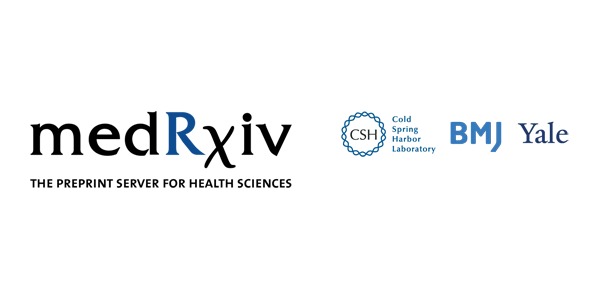1 min read
Far-UVC wavelengths for disinfection are unlikely to harm skin
 UV Medico
:
Mar 4, 2024 3:08:02 PM
UV Medico
:
Mar 4, 2024 3:08:02 PM

Far-UVC (200 – 220 nm) has been proposed as an effective disinfection radiation that is safe to humans5. In 2014, Woods et al. undertook a first-in-person study to assess the effect on skin of a 222 nm UVC emitting device … Woods et al. hypothesised that a small amount of longer wavelength UVC radiation above 250 nm (<3%) may be contributing to the observed effects. We wished to determine why these results contrast with other published studies investigating far-UVC sources.
Our results demonstrate that whilst a percentage of far-UVC radiation at 222 nm penetrates to the upper epidermis, there is minimal reaches the mid-epidermis and none in the basal layer. Direct CPD formation in the basal layer observed by Woods et al. is likely to have arisen from very low intensity source emissions above 230 nm, in particular the 270 nm to 310 nm wavelength range, where the spectral emissions are not visualised without plotting incident irradiance on a logarithmic scale. Careful filtering of UVC spectral emissions, to remove unwanted longer wavelengths, has been shown not to induce tissue inflammation or increase pre-mutagenic DNA lesions in both mammalian skin and an in-vitro human skin model 2,5. This supports our conclusion that the longer wavelength ultraviolet radiation was responsible for the effects seen by Woods et al.
Latest knowledge from UV Medico

1 min read
222nm Far-UVC Lamps: Antimicrobial in Hospital Waiting Areas

Long-Term Study: UVC Lamps Safe for Mice Sensitive to UV Radiation
.jpg)
222 nm UVC Light: Noncarcinogenic, Safe for Human Skin Sterilization

1 min read
Far-UVC Light: Disinfects and Heals Methicillin-Resistant Infections

 UV222™
UV222™ UV222 Linear
UV222 Linear UV222 Downlight
UV222 Downlight Vertex 222
Vertex 222.png) UV222 Pendant
UV222 Pendant.png) UV222 Booth
UV222 Booth.png) UV222 Step-On
UV222 Step-On.png) UV222 Cleanroom Downlight
UV222 Cleanroom Downlight UV222 Dual Downlight 60x60
UV222 Dual Downlight 60x60 UV222 Material Airlock
UV222 Material Airlock UV222 Ambulance
UV222 Ambulance UV222 Compact
UV222 Compact UV222 Industrial
UV222 Industrial.jpg)

